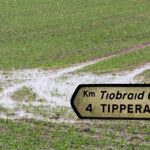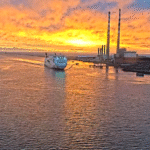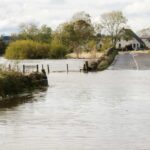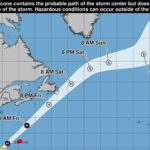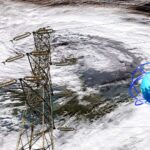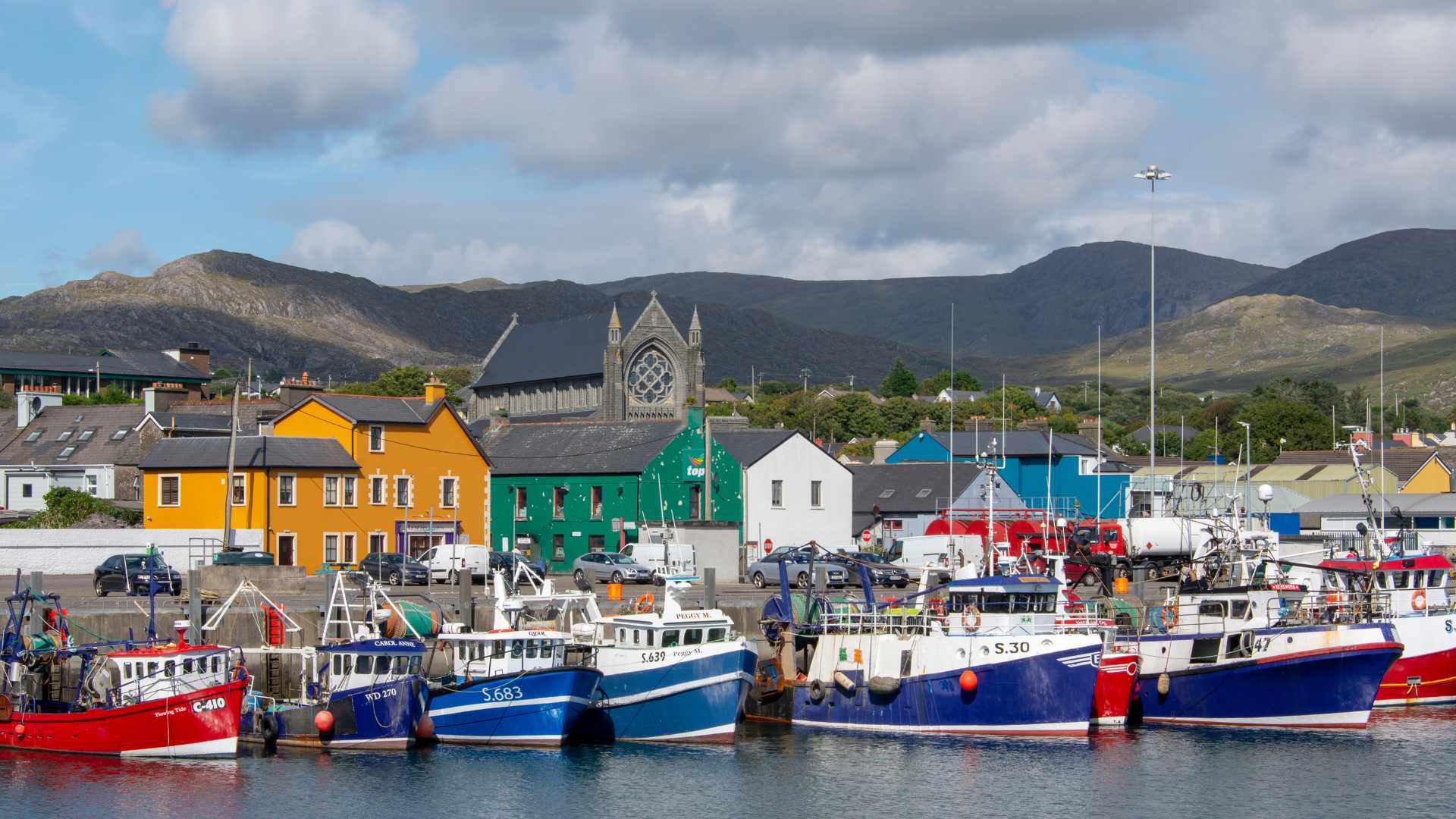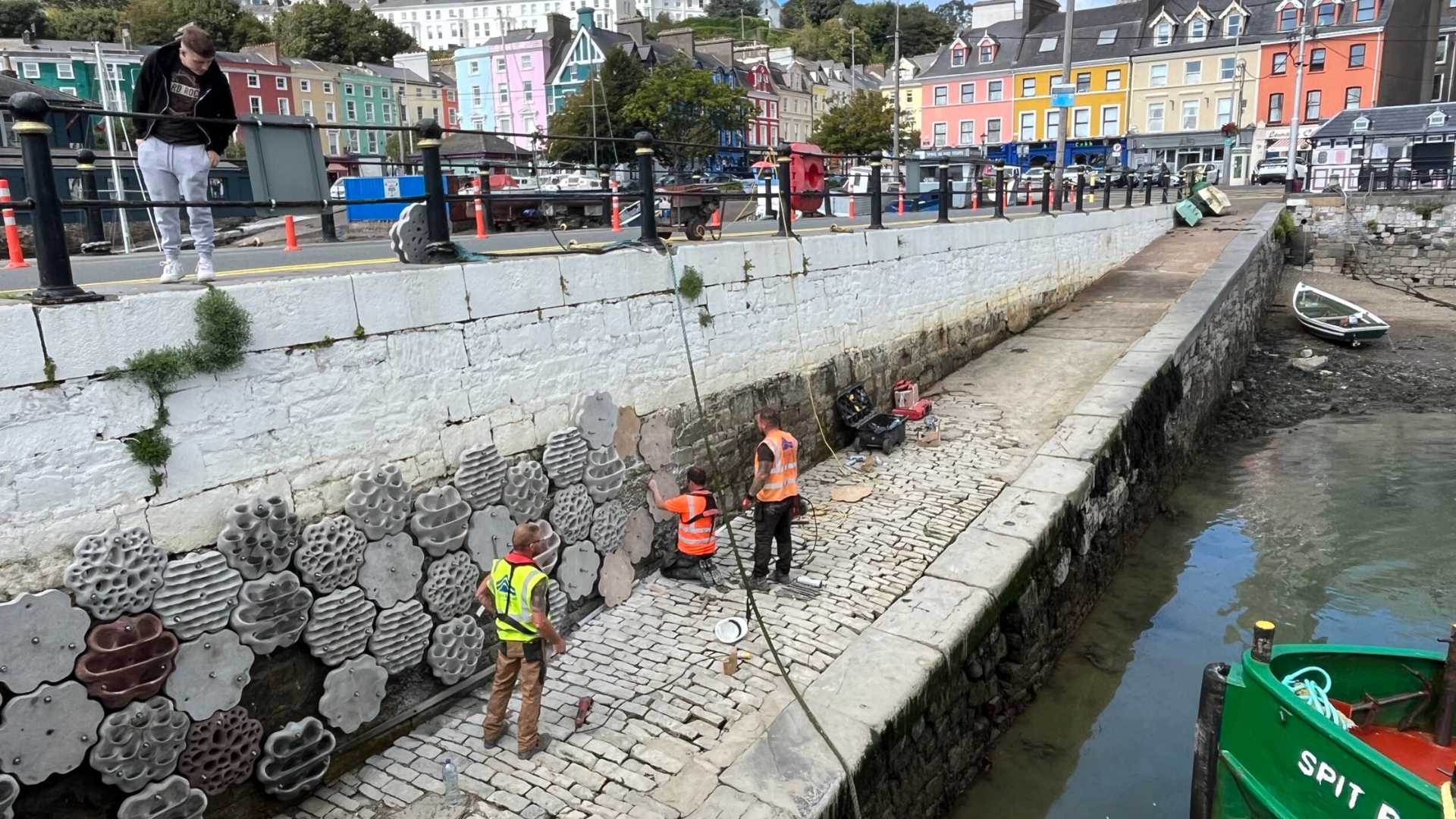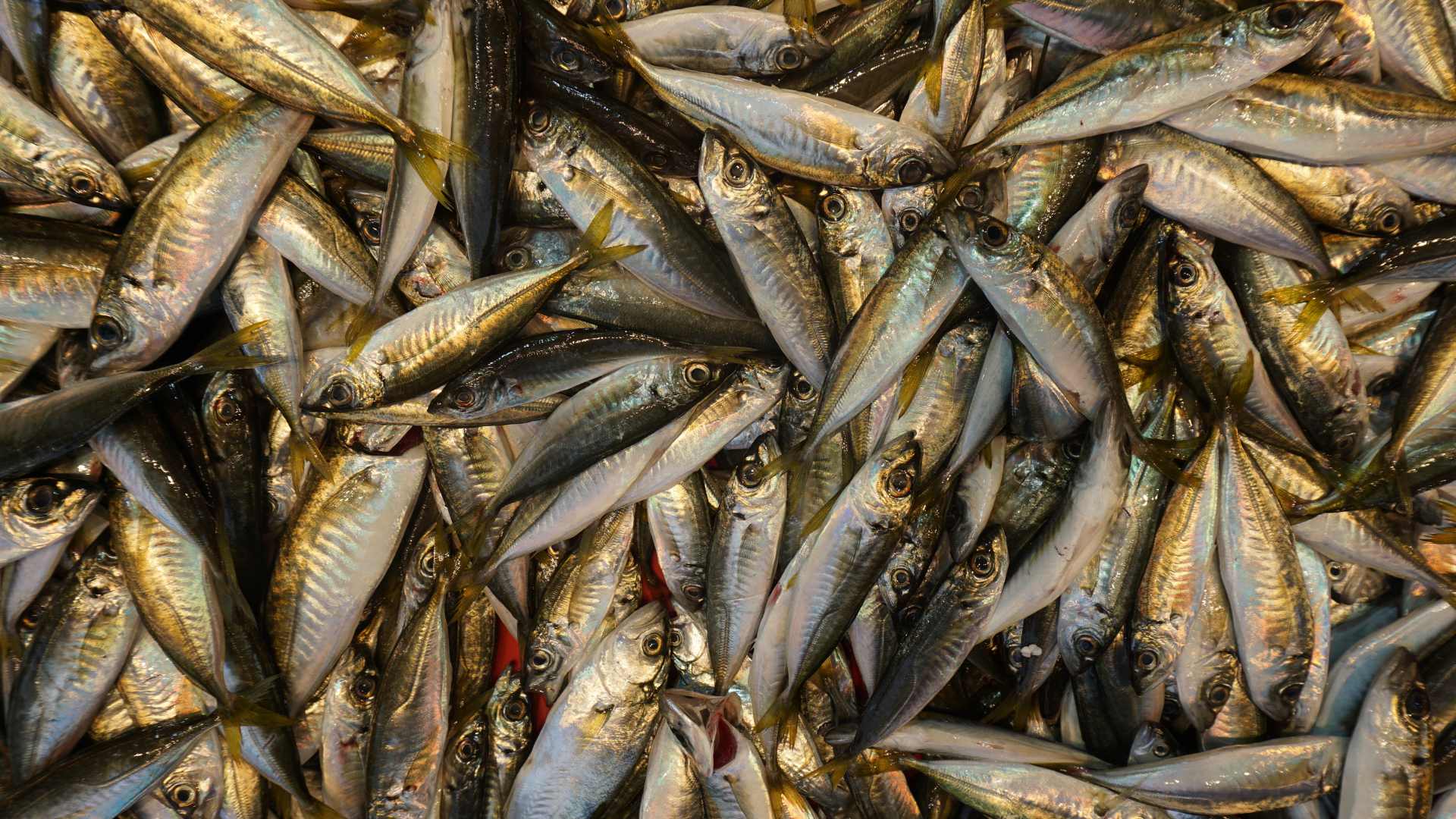
Scientists Discover Ocean Bloom After Hurricane
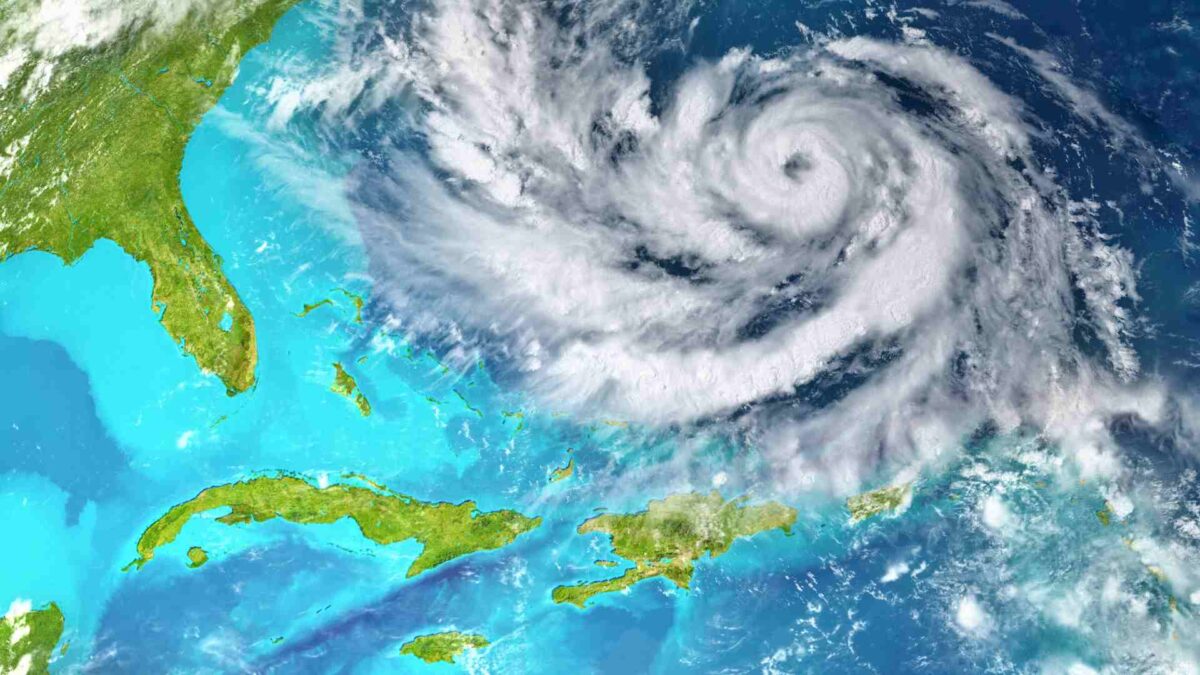
While most people flee from hurricanes, a team of marine scientists found themselves in just the right place at the right time — and what they discovered could change how we understand the ocean’s response to extreme weather.
In the eastern Pacific, just off the coast of Mexico, a powerful Category 4 hurricane disrupted a research expedition in 2018. But instead of scrapping their plans, the scientists — including Professor Michael Beman, a marine biologist — managed to sample the ocean waters almost immediately after the storm passed.
And what they found was remarkable.
The hurricane had churned the sea so violently that cold, nutrient-rich water from the deep ocean — thousands of metres down — had been brought up to the surface. The result? A huge bloom of phytoplankton, visible even from space.
“You could actually see and smell the difference,” said Professor Beman. “The ocean turned green with chlorophyll. It was teeming with life — completely different from what we’d seen before the storm.”
These blooms provide a sudden banquet for marine life — from tiny bacteria and zooplankton to shellfish and even large animals like baleen whales. Unusually, the team even spotted sea turtles far offshore, possibly drawn in by the feeding frenzy.
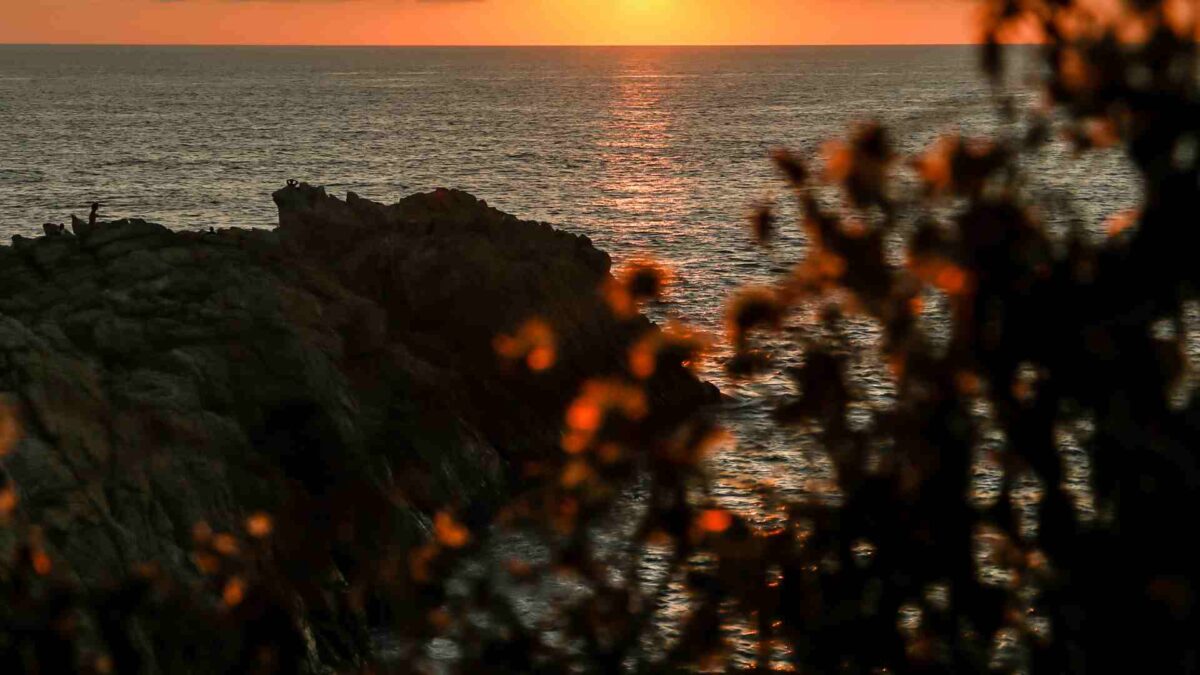
However, the story isn’t all good news.
The same deep mixing that brings nutrients upward also stirs up low-oxygen zones from the ocean’s depths, dragging them closer to the surface. These “oxygen minimum zones” (OMZs) are inhospitable to many marine creatures — and their expansion is a growing concern in a warming world.
“These OMZs occur naturally, but climate change is pushing them further and wider,” Beman explained.
Beman’s team, which included researchers from Scripps Institution of Oceanography, Woods Hole Oceanographic Institution, and others, had carefully monitored forecasts as Hurricane Bud barreled towards their study area. With backup plans in place and a bit of luck, they were able to gather samples just kilometres from the storm’s eye — a rare opportunity.
“The measurements we got were unlike anything I’ve seen before in those waters,” said Beman.
Their findings, recently published in Science Advances, are helping scientists understand how hurricanes may temporarily enrich marine ecosystems — but also how they might disrupt them by altering oxygen levels.
The samples even contained DNA and RNA, allowing the team to identify the microscopic life that responded to the storm. And there’s still more to learn.
“These hurricane-driven blooms act like sudden oases in parts of the ocean that are usually very quiet, biologically speaking,” Beman said. “We’re only beginning to understand what’s really going on.”
As Ireland continues to face its own increasingly volatile weather patterns — including stronger Atlantic storms — insights like these could help researchers here better predict how marine ecosystems respond in the wake of extreme weather.
Share this WeathÉire story: